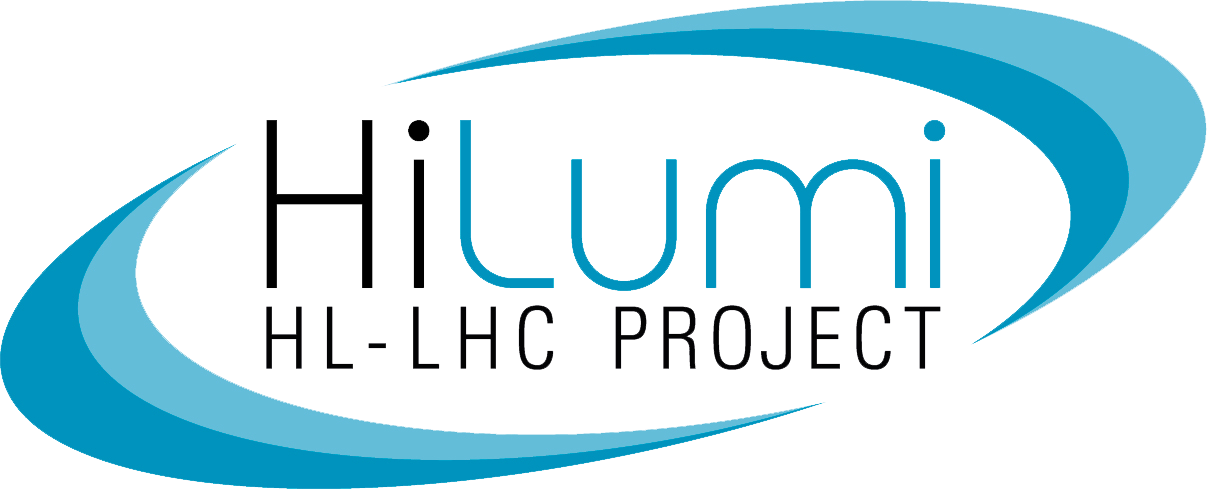HL-LHC will bring a number of challenges to controls technologies. With the deployment of many new technologies, and the inevitable presence of teething issues, equipment groups and accelerator specialists will need larger amounts of diagnostics data, and their ability to conduct analysis and extract conclusions rapidly will impact the availability of the machine. This work package deals with developments needed to cope with new requirements derived from the need to ensure very high availability in the LHC.
A new-generation data logging system, introduced in LS2, will deliver greater throughput and capacity for logging diagnostics data, and will also provide a low-latency, scalable means of conducting analysis on that data. With the technology formerly used in the logging system, extraction and analysis can take hours or even days depending on the data set. Using modern technologies based on clustering and running analysis directly on the servers holding the raw instead of on the client premises, these latencies will be taken to acceptable levels in the HL-LHC era.
In the path from controls and acquisition electronics to the control room and the logging system, the lowest layers will often be exposed to radiation. The WordlFIP fieldbus technology will allow linking the Front-End Computers (FEC) to the Distributed I/O Tier (DI/OT), where the equipment groups will host the electronics that interface directly to the accelerator. A common and modular DI/OT platform, factoring in common blocks needed by all equipment groups (radiation-tolerant power supplies, interboard communications, remote diagnostics...) will also be provided as part of this WP. The different blocks will benefit from the scrutiny and review of many developers and users, which will result in increased robustness of the platform, and ultimately better availability for the LHC. A specific subtask will be devoted to assessing the reliability and coming up with design recommendations to increase it. Equipment groups will customize this modular platform through the design of dedicated add-in boards, and their re-use of the common blocks will allow them to focus more energy on the design of these dedicated components, increasing their performance and robustness.
For equipment groups which need higher performance in the DI/OT layer and have the possibility of hosting their electronics in areas not exposed to radiation, a special variant of the DI/OT kit will be provided. This system will feature System-on-Chip (SoC) technology allowing powerful combinations of Linux, bare-metal software and programmable logic, along with fast and deterministic communications to tackle the most challenging projects.
The WPL and deputy are charged with the coordination of the efforts within the work package and ensure in conjunction with the HL-LHC project office the progress reporting as well as the documentation and implementation of scope, cost or schedule changes.
